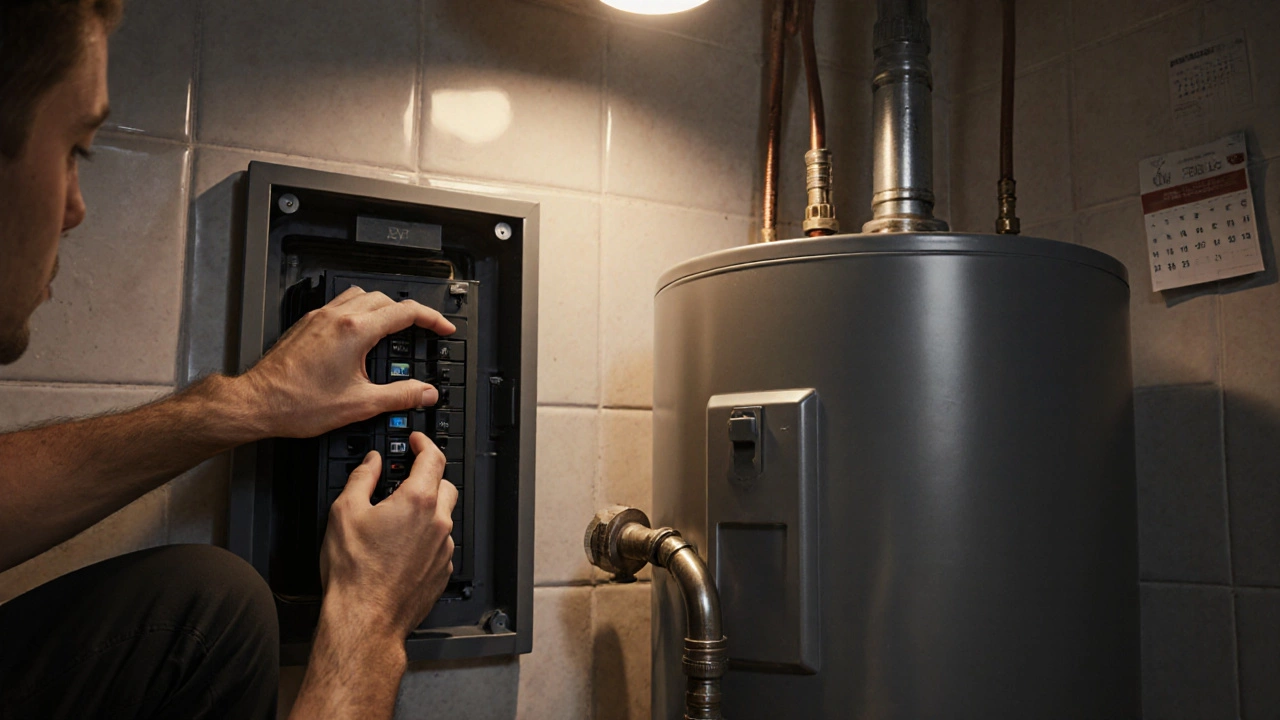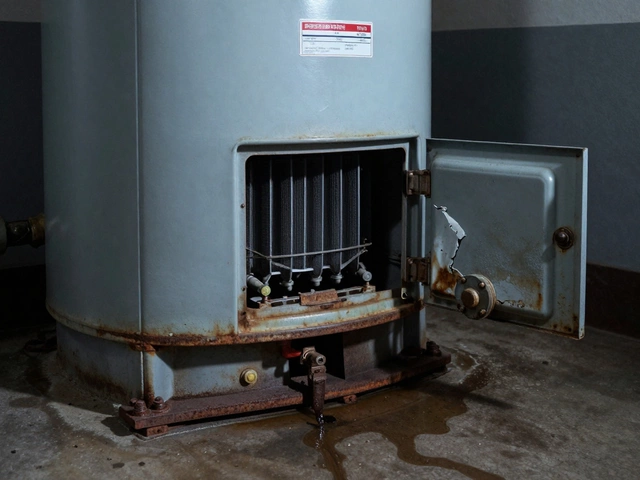Water Heater Problems: What’s Wrong and How to Fix It
If you’re standing under a lukewarm shower, it’s probably a water heater problem. In Hinckley, cold mornings hit harder when the hot‑water tank can’t keep up. The good news? Many issues are easy to spot and fix before you need a technician.
Why Your Water Heater Might Not Be Heating
First, figure out what type of heater you have – gas or electric – because the symptoms differ. A gas unit that won’t light usually makes a clicking sound, while an electric model may simply stop heating without any noise.
Common culprits include:
- Pilot light or ignitor failure – gas heaters need a steady pilot or a working ignitor. If the flame keeps going out, the unit can’t heat water.
- Tripped breaker or blown fuse – electric heaters draw a lot of power. A tripped circuit breaker or a blown fuse cuts off heat instantly.
- Thermostat mis‑set or faulty – If the thermostat is set too low or has failed, the water never reaches the right temperature.
- Sediment buildup – Over time, minerals settle at the bottom of the tank. This layer insulates the heating element, making the heater work harder and often leading to noisy rumbling.
- Leaking tank – A small drip may look harmless but can indicate a rusted tank that’s about to give out.
Any of these issues can leave you with a cold shower, strange noises, or a steady drip from the tank.
Easy DIY Fixes Before Calling a Technician
Before you pick up the phone, try these quick steps. Most take less than 15 minutes and can save you a call‑out fee.
1. Check the power. For electric heaters, locate your breaker box and make sure the switch for the water heater is on. If it’s tripped, reset it and see if heat returns. If the breaker trips again, you likely have a deeper electrical issue and need a pro.
2. Reset the gas unit. Turn the thermostat to “Off,” wait a minute, then set it back to “High.” This forces the pilot or ignitor to try again. If the flame won’t stay lit after a few tries, the pilot assembly probably needs replacement.
3. Test the thermostat. Use a multimeter if you have one. With the power off, remove the thermostat cover and check continuity. No reading means the thermostat is bad and should be swapped.
4. Flush the tank. Sediment is a sneaky problem. Turn off the heater (gas – turn the dial to “Off”; electric – shut the breaker), attach a garden hose to the drain valve, and let the water run until it’s clear. This simple flush can restore heating efficiency and silence rumbling.
5. Look for leaks. Inspect the top and bottom of the tank, as well as the connections. A leak at the inlet or outlet is usually a loose fitting you can tighten. A tank leak, however, means the unit is corroded and needs replacement.
If these steps don’t restore hot water, it’s time to call Hinckley Home Appliance Repair Services. Our technicians know how to handle gas and electric heaters safely, and we’ll give you a clear price before any work starts.
Remember, regular maintenance – flushing once a year and checking the pressure‑relief valve – can prevent most headaches. A little care now means fewer cold mornings later.
10 October 2025
·
0 Comments
Learn step‑by‑step how to test a water heater, spot common faults, and decide when to call a pro. Simple checks, safety tips, and maintenance advice all in one guide.
Read more
4 April 2025
·
0 Comments
When your water heater starts acting up, the signs can be easy to miss. But a few key indicators can help you spot trouble early. From inconsistent water temperatures to strange sounds and leaks, these red flags mean it's time to think about repair or replacement. Knowing what to look for can save you from unexpected cold showers and expensive damage.
Read more



